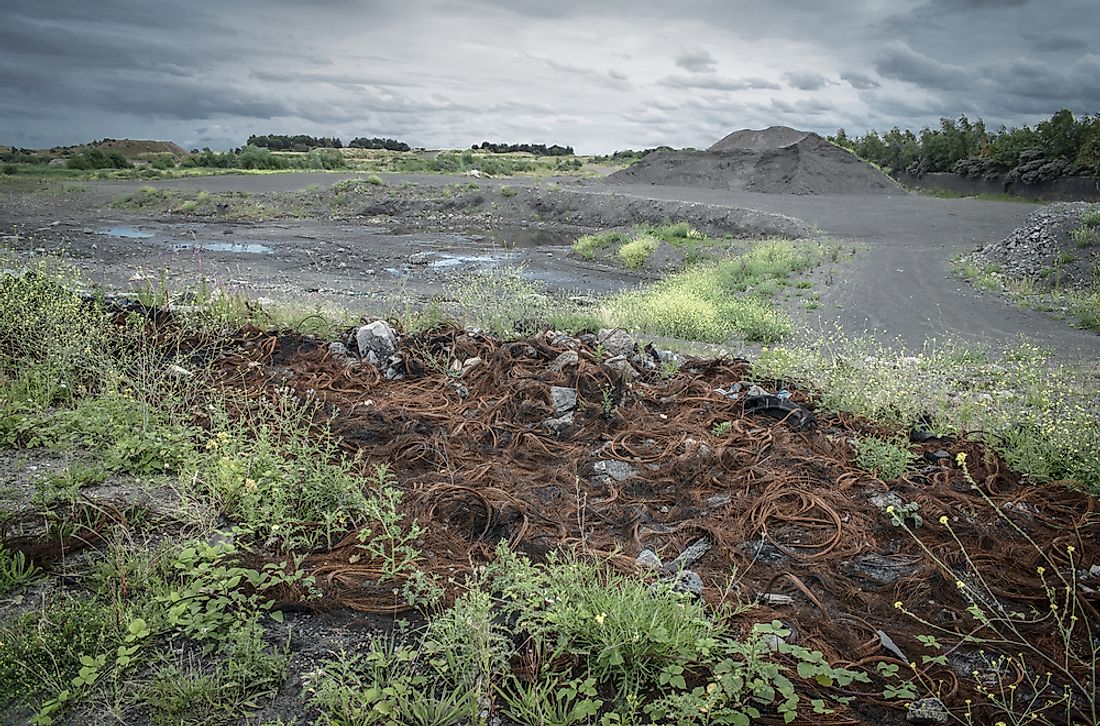What is a Brownfield?

Brownfield land is a term used urban planning and refers to property used previously for development purposes or even commercial purposes but is no longer in use.
Brownfield Land Terminology
It is an Anglo-American term, and in North America, it is used to describe land that had been used for commercial purposes but is currently left unused because of suspected contamination due to hazardous wastes and even chemicals having been dumped there. In Western Europe though, Brownfield land refers to any property left unused whether it has suspected contamination or it is not contaminated but was earlier developed. In Canada, Brownfield land is any land that is idle or abandoned or land that has not been utilized because of pollution especially in the urban settings but still has the potential for development. The term came to use in the United States around 1992 by the United States protection agency in a congressional hearing. However, land that has been over polluted is not classified as a Brownfield while a mothballed Brownfield land, on the other hand, is a land whose owners are not willing to give away to be developed.
Locations of Brownfield Lands
Brownfield lands can be located anywhere in a country, but they are most common in areas where there are many industrial buildings. Residential neighborhoods may also have areas where Brownfield are likely to appear, for instance, and there may have been a gas station or some dry-cleaning business that produced high levels of surface contaminants. The most common hazardous wastes and pollutants, which could have accumulated on Brownfield, may include substances such as hydrocarbon deposits, strong pesticides, contaminating metals like lead, solvents, asbestos, and high levels of sulfur among others.
Reclaiming of Brownfield Lands
Brownfield could usually be reclaimed by remediation, which means that these sites are corrected, and their damage reversed. The sites have to be tested first to establish the extent of the damage and once that is determined then a decision is made on how the site is utilized. The Brownfield may be redeveloped into commercial or residential areas, and some examples are like the Jones and Laughlin steel mill land in Pittsburgh, which was converted, into an office park worth 104 million dollars now known as Pittsburgh Technology Centre. Most of the redeveloped areas in Pittsburgh, which has most of the remediated land spaces, are converted into high-end office spaces and personal housing units. The brownfield can also be redeveloped into parks for people to relax and for other recreational activities. In a city of Ningbo in China, a Brownfield piece of land is now a natural habitat after it was redeveloped and turned into a natural habitat stretching 2 miles long, known as Ningbo Eco-Corridor. Similarly, Houtan Park in Shanghai was once an industrial Brownfield but was reclaimed and now serves as an area where it treats polluted water. In most countries, the redevelopment of Brownfield is regulated and monitored by environmental agencies with some countries like the UK giving the authority to local authorities to provide a register for the Brownfield that requires development. In the US, the regulation and development of Brownfield are managed by the State environment agencies in collaboration with Environment Protection Agency (EPA).











